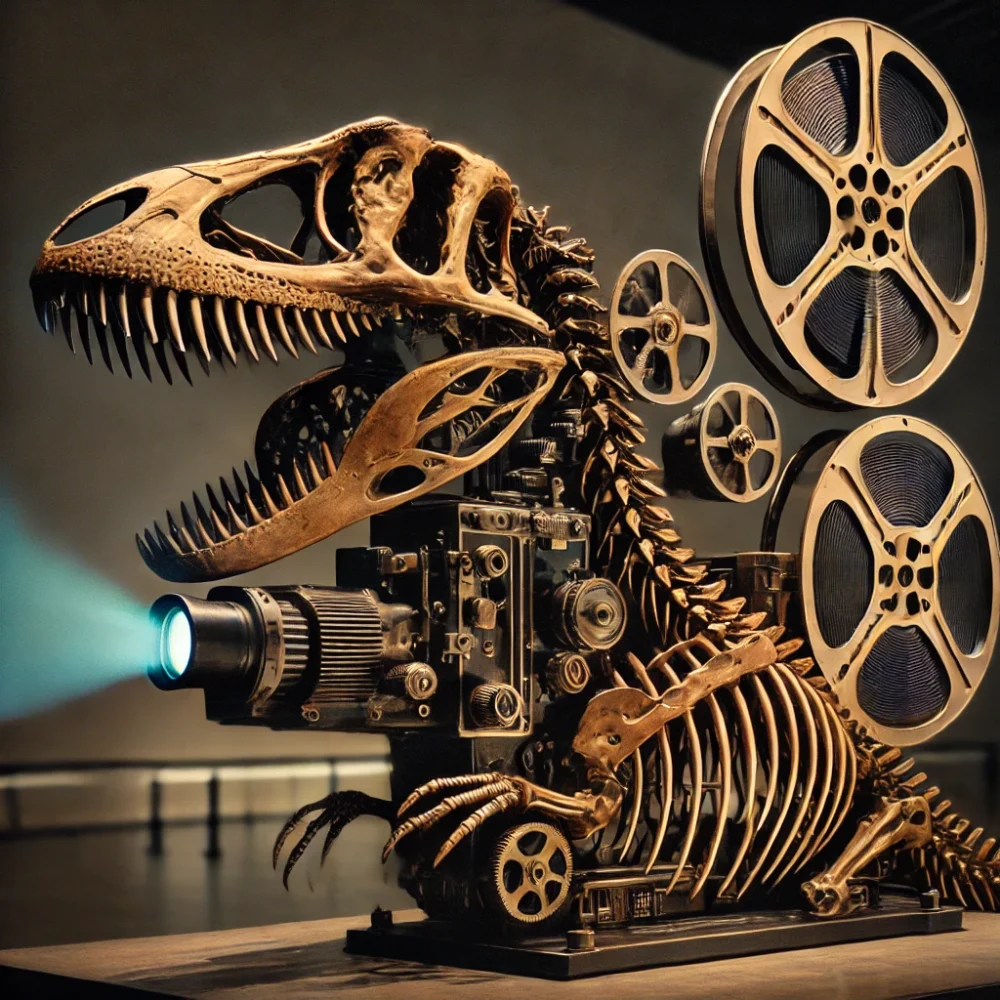Cinematic dinosaurs

Most of my childhood cinema memories are of occasional trips with friends to Southport’s ABC Cinema. It had two screens to choose from, the schedule for each published in the local paper. The tickets were traditional little stubby paper things which were torn in two on entry, the usher retaining one half by piercing it with a needle attached to a string.
I even remember, on at least one occasion, my friends and I taking handwritten notes from our parents to confirm we were appropriately aged to see a particular film—which seems a remarkably lax form of enforcement even for the 1990s.
I don’t have many memories of going to the cinema as a younger child. But in June 1993, when I was eight years old, Steven Spielberg’s film Jurassic Park was released. In the build up to the UK release, there had been much feverish discussion and media speculation about what age classification the BBFC would give the film. It was eventually, not uncontroversially, awarded a PG certificate—though with a special note attached that it
contains sequences which may be particularly disturbing to younger children or those of a sensitive disposition.
In the modern world, it’s a 12A—but that didn’t exist in 1993. I remember being delighted by the PG decision, and I was very keen to see the film. I can’t recall who took me in the end, but I do remember that I didn’t see it at the cinema—I saw it at Southport Theatre, which used to occasionally show films.
These memories have been stirred by the news that the very projector which showed me that film has just been preserved as historically important during the demolition of Southport Theatre.
I found this a bit mind-boggling at first: the theatre was built in the 1970s, so the projectors would probably have been only 20 years old when Jurassic Park came out—how could they possibly be historic? But then I remembered that 1993 is 31 years ago, the projectors are over half a century old, and time is a funny old thing.
The image at the top of this post was generated by DALL·E 3.
